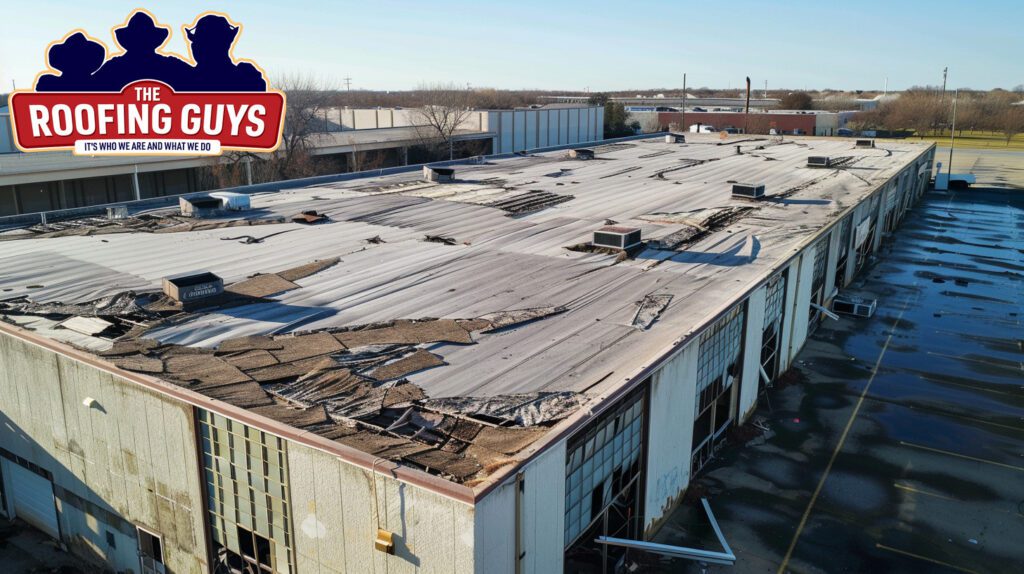Windstorms present a significant challenge to the structural integrity of commercial roofing in Tulsa, OK. Following such events, it’s crucial for property managers and building owners to understand the potential impacts on their roofs and the steps needed to ensure ongoing protection and safety. The Roofing Guys provide essential insights into effective post-windstorm assessments and the specific needs of different roofing systems under such conditions.
Understanding Commercial Roofing Systems
Commercial roofs are designed to meet the demands of protecting the contents and operations within buildings from environmental elements. Here’s a closer look at the common types of commercial roofing systems and how they fare against harsh weather conditions:
-
Single-Ply Roofing: Includes materials like EPDM, TPO, and PVC, which are known for their resilience against direct sunlight and simplicity in design. These materials are typically applied in a single layer, enhancing their effectiveness in moderate climates but requiring careful inspection after intense windstorms for potential seam failures or bonding issues.
-
Built-Up Roofing (BUR): This traditional roofing system uses multiple layers of felt and asphalt, providing added durability and resistance to physical damage. The layered approach of BUR systems offers enhanced protection against leaks, making it suitable for regions experiencing varied weather patterns, including severe windstorms.
-
Modified Bitumen Roofing: Combines felt-based sheets with modified bitumen and is topped with protective granules or aluminum-rich paint for extra UV and tear resistance. This type offers robust protection against physical and thermal stress but requires thorough checks for tearing or seal integrity after extreme weather.
Evaluating Wind Damage
Post-storm evaluation should focus on areas where wind can cause the most damage, particularly at windward corners and roof edges. These zones typically bear the brunt of wind forces, requiring enhanced uplift resistance which, if compromised, can lead to significant roofing failures. Property owners should:
-
Inspect Fastener Integrity: Check if the roofing system’s fasteners remain securely anchored. An increased density of fasteners along edges and corners is standard to counteract uplift forces, and any loosening could precipitate further damage.
-
Assess Membrane and Sealant Condition: Look for signs of stress such as wrinkles, tears, or displacement in roofing membranes. The integrity of sealants and bonded seams should also be checked thoroughly to prevent water ingress, which can exacerbate damage internally.
-
Review Historical Performance: Understanding the history of a roofing system’s performance, including previous repairs or recurring issues, can provide valuable insights into potential vulnerabilities and guide future maintenance strategies.
CONCLUSION
After a windstorm, immediate and detailed assessment of your commercial roof is crucial to mitigate the impact of the storm and prepare for necessary repairs or adjustments. Early detection and repair of wind damage not only preserve the longevity of the roof but also ensure the continued protection of the assets and operations housed within the commercial building. For expert roof evaluation and repair services in Tulsa, OK, consider The Roofing Guys, whose extensive experience and tailored services guarantee your roof’s resilience and your peace of mind.

